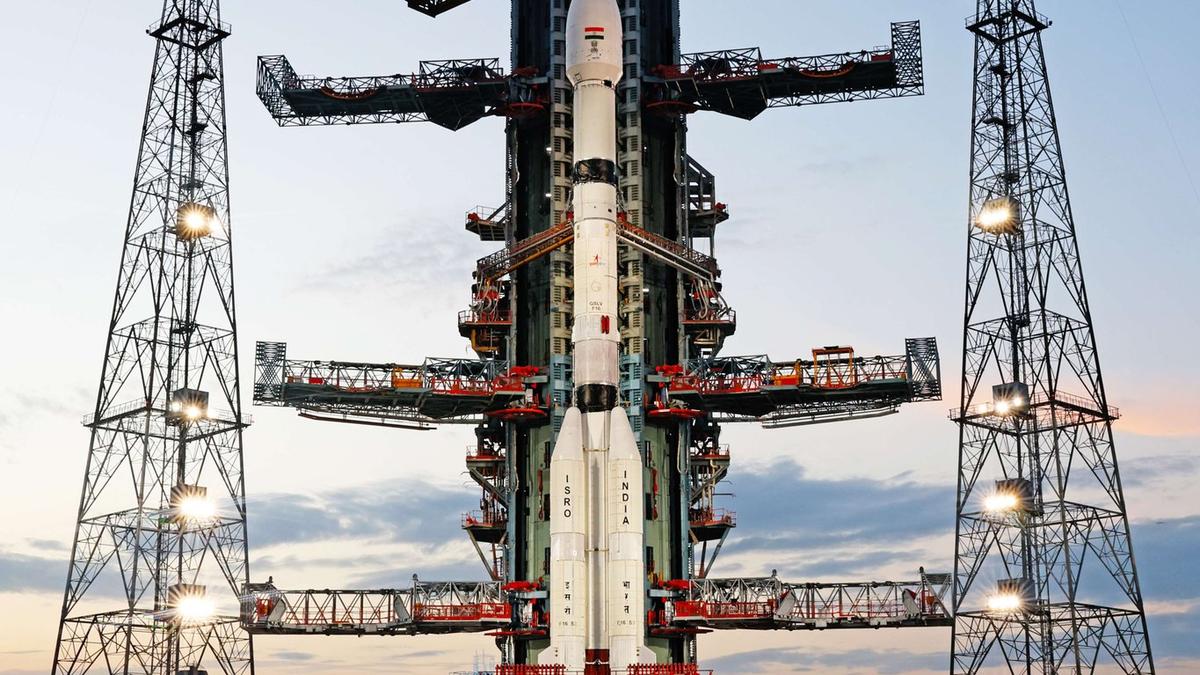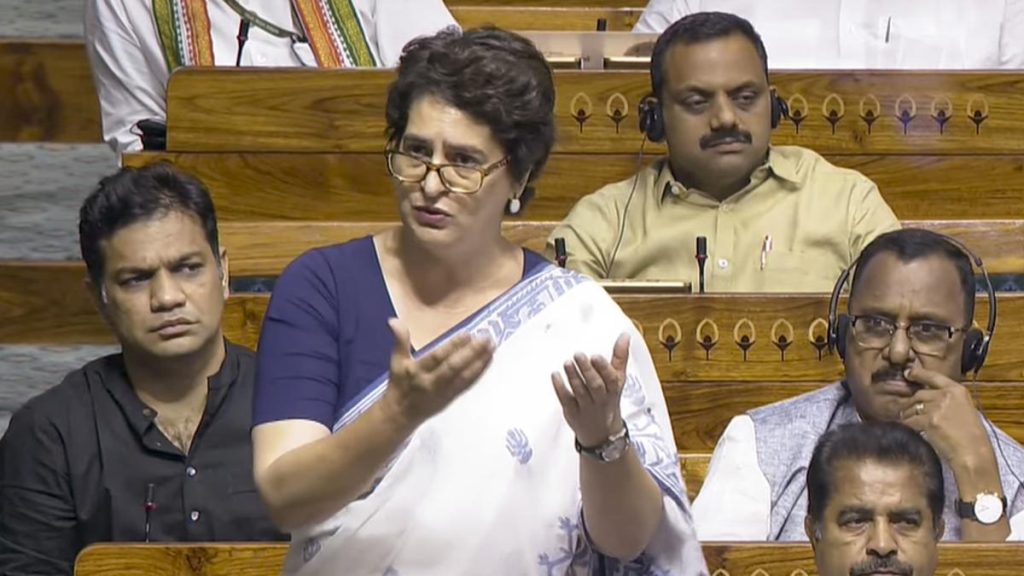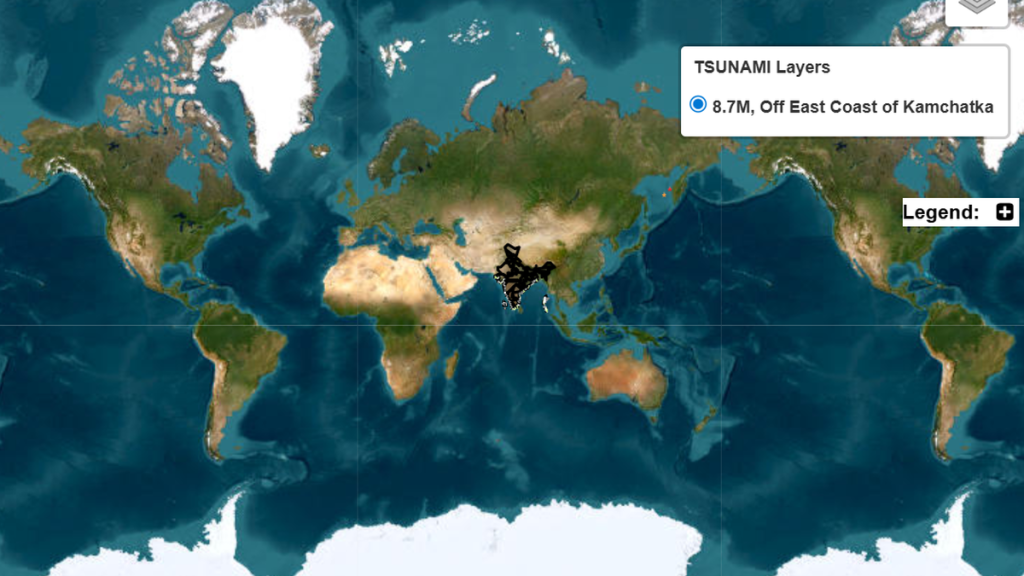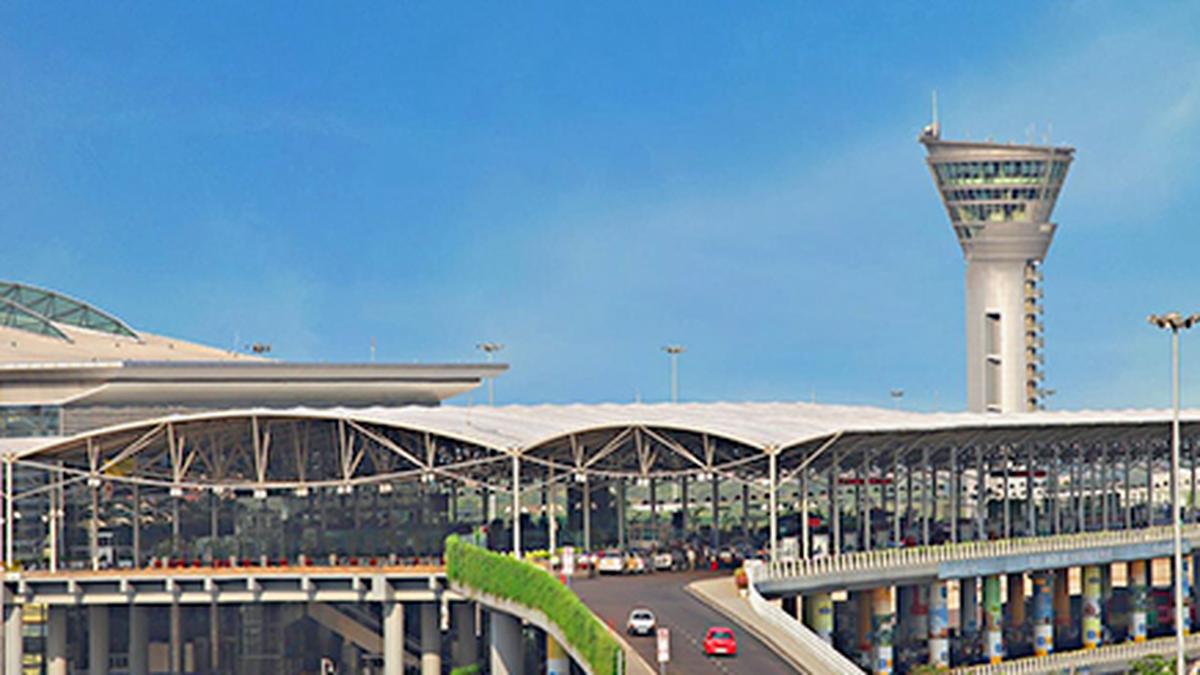Now Reading: NISAR Satellite Set for Launch on July 30, 2025
-
01
NISAR Satellite Set for Launch on July 30, 2025
NISAR Satellite Set for Launch on July 30, 2025

Swift Summary
- The countdown for the NISAR satellite commenced on July 29, 2025, at 2:10 p.m.
- This is the first joint satellite developed by ISRO (Indian Space Research Organisation) and NASA (National Aeronautics and Space Administration).
- Launch scheduled for July 30, 2025, at 5:40 p.m. from sriharikota’s Satish Dhawan Space Centre via GSLV-F16 rocket.
- The NISAR satellite will be placed into a sun-synchronous orbit at a height of 743 km approximately 19 minutes after lift-off.
- Capabilities include all-weather, day-and-night Earth scanning with data at intervals of every twelve days too support diverse applications.
- Contributions include India building the spacecraft bus and S-band radar alongside providing launch services; NASA supplied technologies like L-band radar components and advanced communication subsystems.
- Collaboration strengthened relations between ISRO and NASA during challenges such as a global pandemic; notable learning occurred over ten years of partnership development.
Indian Opinion Analysis
The joint launch of the NISAR satellite signifies remarkable progress in international scientific collaboration between India’s ISRO and America’s NASA while addressing complex logistical challenges during unprecedented times like COVID-19. Its advanced Earth-observation capabilities might aid in climate monitoring, disaster management, agriculture planning, and other critical areas without geographical or weather limitations.
India plays a pivotal role not only as the host but also through its contributions to engineering (S-band radar) infrastructure and operational support-underscoring its leadership potential in space technology partnerships globally. Mutual learning highlighted by project managers reflects how international cooperation can elevate innovation standards for future space missions.
This landmark mission strengthens India’s position in collaborative large-scale aerospace projects while fostering innovation-driven diplomacy beneficial for broader global science-based goals.
Read More: link

























